Outside the final twenty cars, we reach vehicles quick by the standards of today.
30. Mercedes-Benz 500 SL

231 PS | 1540 kg | 150 PS/t
Regarded as a mainstay from the prior decade, this car refused to age, much to the annoyance of rival companies. While BMW and Audi climbed ladders in Motorsport to drip-feed sales; Mercedes merely updated engines and submitted their homework assignments on time. Calmly, the SL graduated with a V8 purr.
29. Porsche 924 Turbo
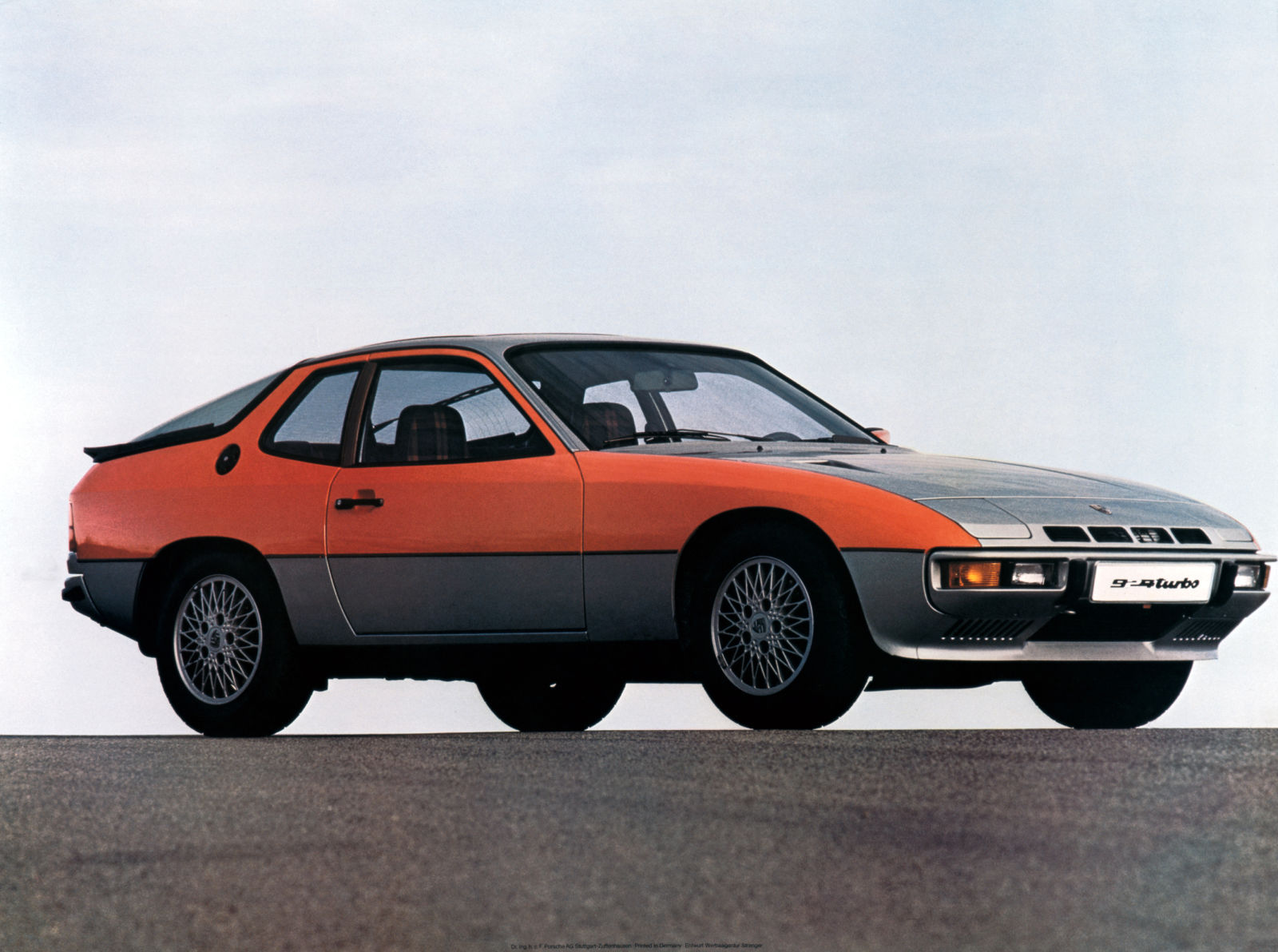
177 PS | 1180 kg | 150 PS/t
Initially ridiculed for containing a van engine, despite Audi motor origins, the 924 met replacement in the higher displacement 944. However, it beat the 944 here; earning a numerical tie with the 500 SL (and winning a 0-60 tie-breaker). Thank Italian tax laws for keeping this Turbo model around to steal the win.
28. Mercedes-Benz 190 E 2.3-16
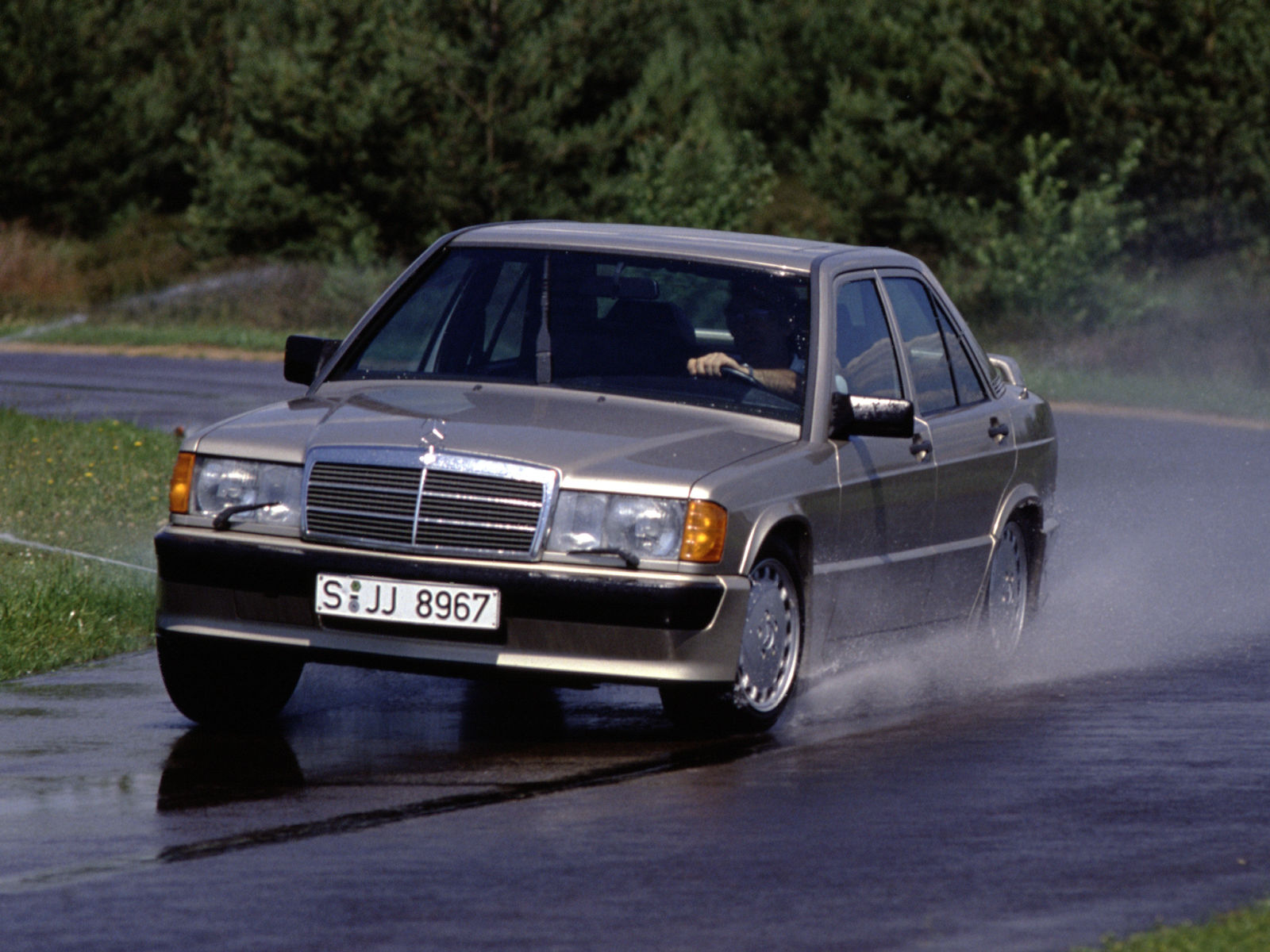
185 PS | 1230 kg | 150 PS/t
Mercedes-Benz were never immune the Motorsport bug. Soon enough, the leanest sausage in their Bratwurst lineup became the fastest, with help of British engineers at Cosworth. It aimed sights at the rally stage, but threat from Audi led to touring car success instead, plus a victory from a certain Mr Senna.
27. Aston Martin Lagonda
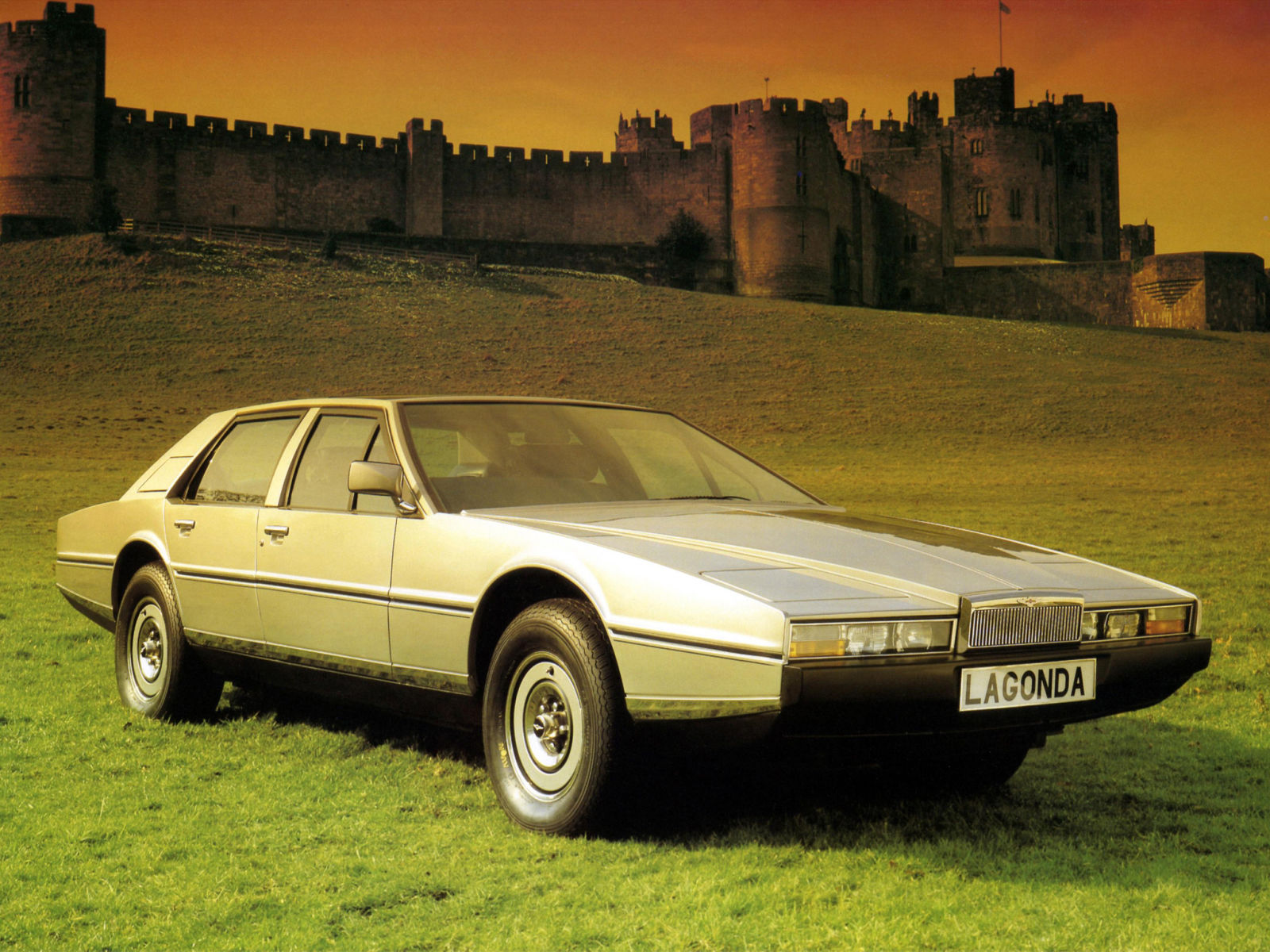
304 PS | 1996 kg | 152 PS/t
Conceived as a five metre long middle finger to the 1973 oil crisis, the appeal of this V8 behemoth rested on its electronics; infamously costing quadruple the development budget of the car itself. Such efforts resulted in the first digital instrument panel; although no one knows for sure, as none of them work today.
26. Isuzu Piazza Turbo
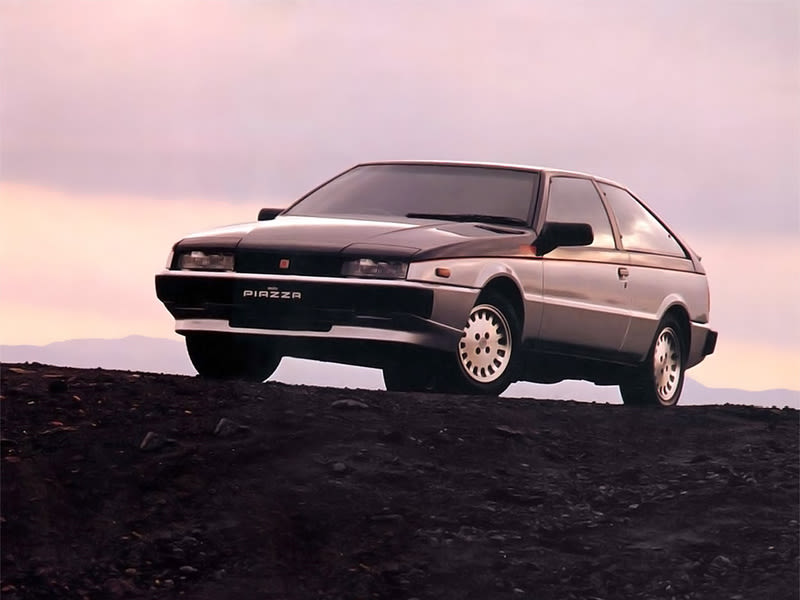
180 PS | 1180 kg | 153 PS/t
Depending on who you ask, the Piazza Turbo was the fastest hot hatch of the year, but its sensibilities were more with in line with the Scirocco than a traditional hatch. Each were Giugiaro designs, though unlike the Scirocco, this was rear-driven; a consequence of Chevette running-gear lurking underneath.
25. Audi Quattro
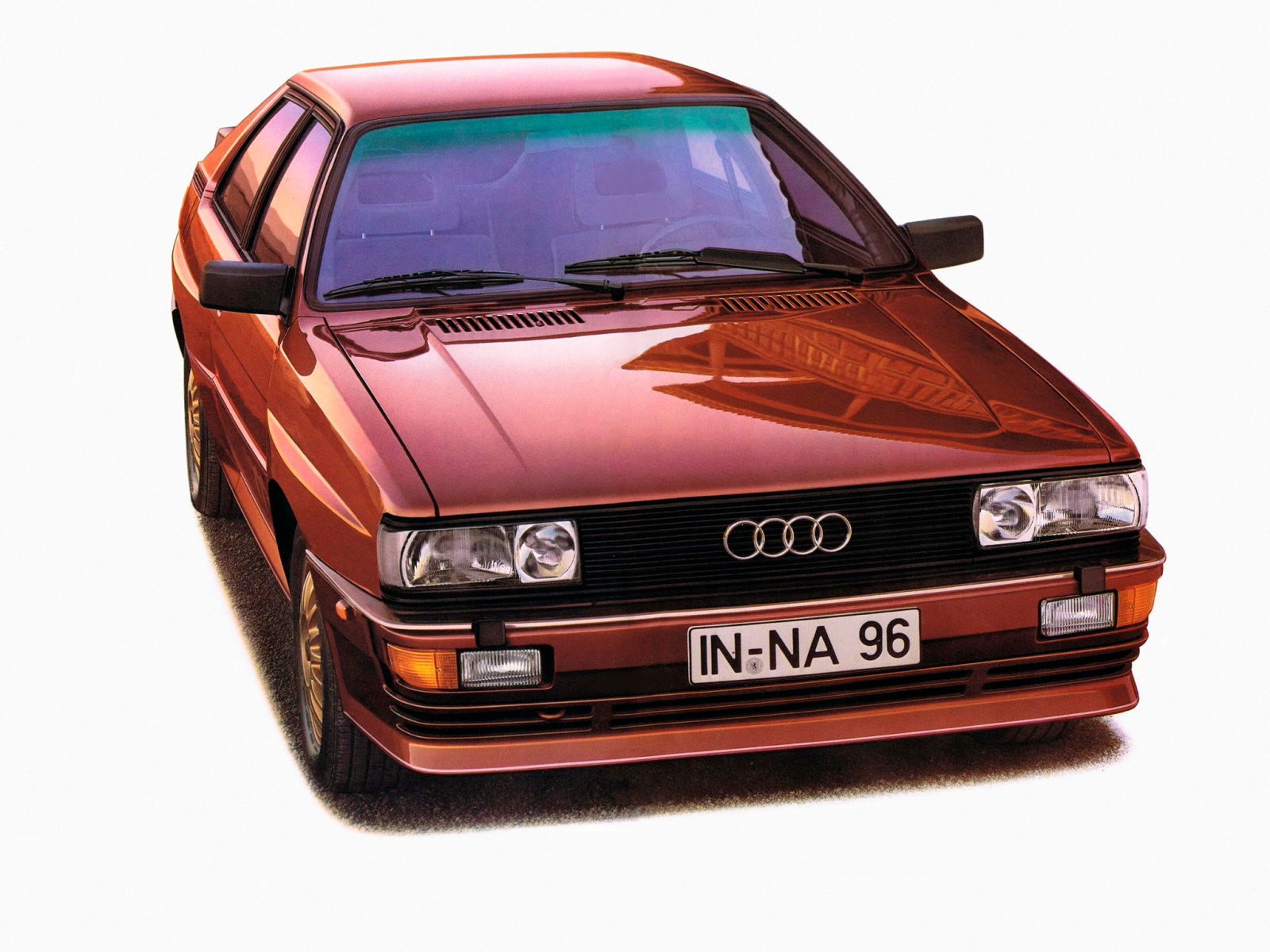
200 PS | 1300 kg | 154 PS/t
Arguably, this is the most significant vehicle to make it on our list. The decision to design a four-wheel drive car, inspired by a military Volkswagen, forever altered the fortunes of Audi and car design itself. Jensen, Subaru and AMC made the same innovation before. But, with rally wins, Audi got people to notice.
24. Jaguar XJ HE Sovereign

299 PS | 1926 kg | 155 PS/t
HE stands for ‘High Efficiency’, an attribute much desired in a V12 unit from 1972. In fact, after various refreshes, the design of car itself held similar to its 1968 debut. If viewed through a glass half full, these aspects culminated in a quaint experience. Even if this wasn’t your fancy, at least the Jag had presence.
23. Ford Mustang 4.9-4V
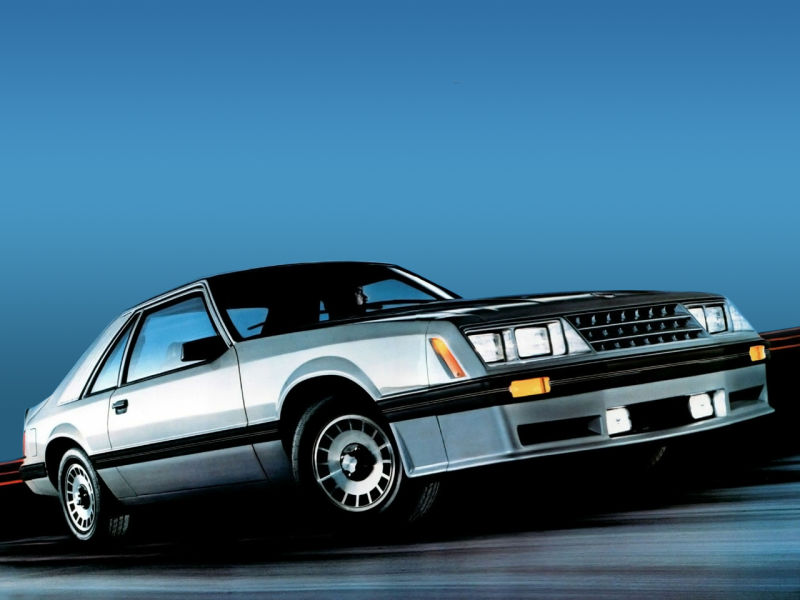
208 PS | 1321 kg | 157 PS/t
Likely, many outside America would fail to identify this car as a Mustang. Appearances aside, the recipe for Ford’s finest remained undiluted. Commonly referred to as the ‘Fox-Body’ in reference to its platform, a combination of bite and agility led some cars to live up to the moniker (or die in a hedge, sideways).
22. BMW 745i

252 PS | 1590 kg | 158 PS/t
Our first meeting with the much-discussed Bavarian giant is an unexpected one. In a time before the M5, the 745i was the fastest new four-door BMW. As a matter of fact, it was fast enough to offer ‘the power of a 4.5 litre engine’ with a turbocharged 3.2; opening the floodgates to ongoing numerical deceit. Cheeky.
21. De Tomaso Longchamp Cabrio
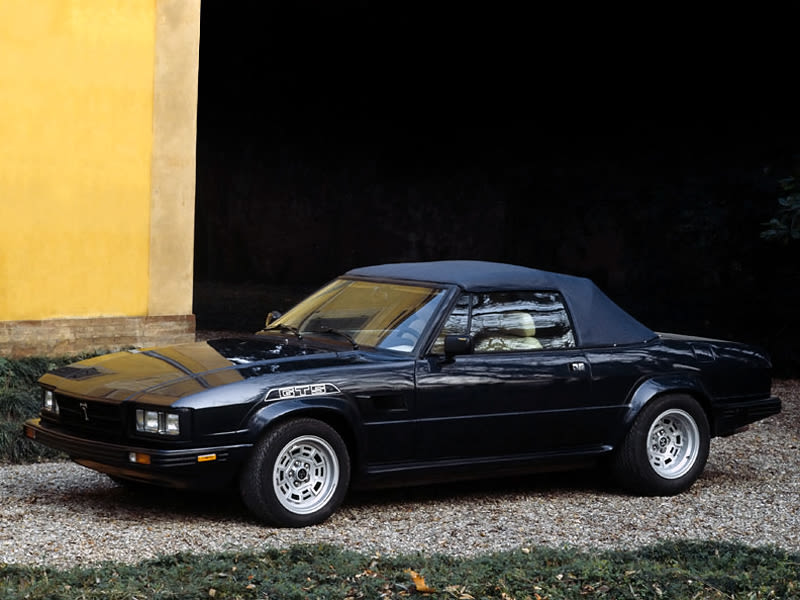
270 PS | 1700 kg | 159 PS/t
Don’t worry, I didn’t make this one up. In prospect, any Maserati expert reading may notice it a striking resemblance to the ill-fated Kyalami. Interestingly, the Maserati was based on the De Tomaso, not the other way around. Ghia styling and Ford motors fed a long-lived, albeit largely unknown, Italian muscle car.
Next time, we may encounter a few supercars on the journey to the very top.
All photos sourced from WheelsAge.org.